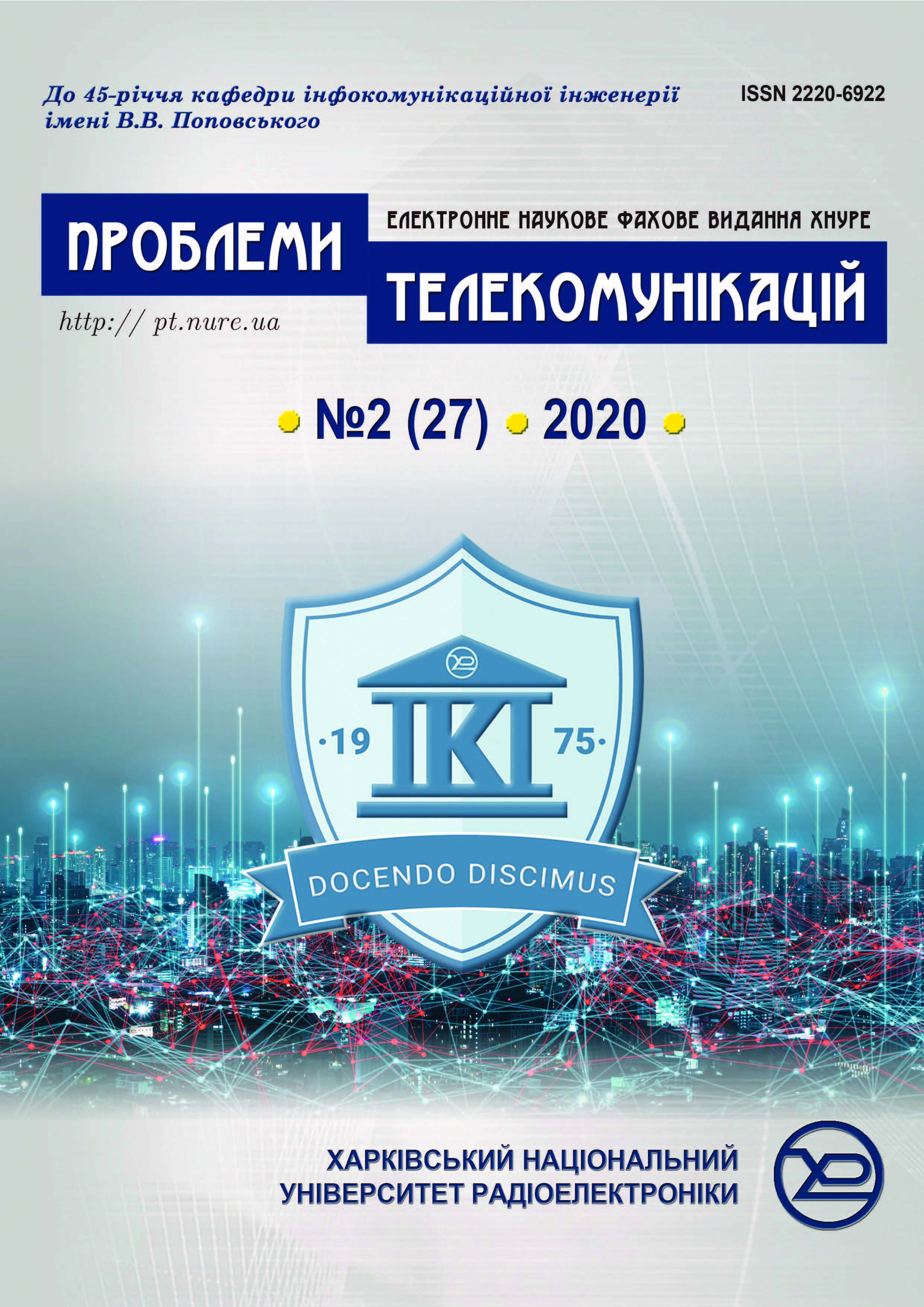Модель оцінки ефективності функціонування хмарного центру з високим ступенем віртуалізації та в умовах групового надходження запитів
DOI:
https://doi.org/10.30837/pt.2020.2.07Анотація
Сучасний стан розвитку інформаційних технологій спрямований на розроблення та впровадження нових підходів до організації обчислювального процесу. Оцінка ефективності хмарних центрів є важливим напрямком досліджень, проте вона ускладнюється динамічним характером хмарного середовища та різноманітністю запитів користувачів. Особливо важливою така оцінка є у випадку, де віртуалізація використовується для забезпечення чітко визначених обчислювальних ресурсів для користувачів. Для вирішення цієї проблеми пропонується модель для оцінки ефективності функціонування хмарних центрів в умовах високого ступеня віртуалізації, яка на відмінну від існуючих враховує можливість обслуговування запитів у разі групового надходження запитів і розподілений час їх обслуговування. Модель базується на двоступеневій техніці апроксимації, де основний немарківський процес спочатку моделюється як вкладений напівмарківський процес, який потім моделюється як апроксимований процес Маркова, але тільки в моменти надходження групових потоків запитів. Для побудови моделі використовується техніка побудови ланцюгів Маркова. Дана модель забезпечує повний імовірнісний розподіл часу очікування запитів, часу відгуку щодо виконання запитів і кількість запитів у системі. Результати показують, що продуктивність роботи хмарних центрів значно залежить від коефіцієнту варіації (CoV), часу обслуговування запитів і розміру групового потоку (тобто кількості запитів у груповому потоці запитів). Чим більшими є розмір потоку та/або значення коефіцієнта варіації часу обслуговування запитів, тим довша тривалість відгуку. Проте це сприяє зменшенню рівня використання ресурсів хмарними провайдерами. Дослідження показує, що в умовах надходження великих групових потоків запитів та/або великого значення СоV можна досягти підвищення ефективності функціонування хмарних центрів шляхом групування запитів за критерієм однорідності.
##submission.downloads##
Опубліковано
Номер
Розділ
Ліцензія
Авторське право (c) 2021 Пелех Назарій Володимирович, Шпур Ольга Миколаївна, Климаш Михайло Миколайович

Ця робота ліцензується відповідно до Creative Commons Attribution-NonCommercial-ShareAlike 4.0 International License.
Автори, які публікуються у цьому журналі, погоджуються з наступними умовами:- Автори залишають за собою право на авторство своєї роботи та передають журналу право першої публікації цієї роботи на умовах ліцензії Creative Commons Attribution License, котра дозволяє іншим особам вільно розповсюджувати опубліковану роботу з обов'язковим посиланням на авторів оригінальної роботи та першу публікацію роботи у цьому журналі.
- Автори мають право укладати самостійні додаткові угоди щодо неексклюзивного розповсюдження роботи у тому вигляді, в якому вона була опублікована цим журналом (наприклад, розміщувати роботу в електронному сховищі установи або публікувати у складі монографії), за умови збереження посилання на першу публікацію роботи у цьому журналі.
- Політика журналу дозволяє і заохочує розміщення авторами в мережі Інтернет (наприклад, у сховищах установ або на особистих веб-сайтах) рукопису роботи, як до подання цього рукопису до редакції, так і під час його редакційного опрацювання, оскільки це сприяє виникненню продуктивної наукової дискусії та позитивно позначається на оперативності та динаміці цитування опублікованої роботи (див. The Effect of Open Access).

